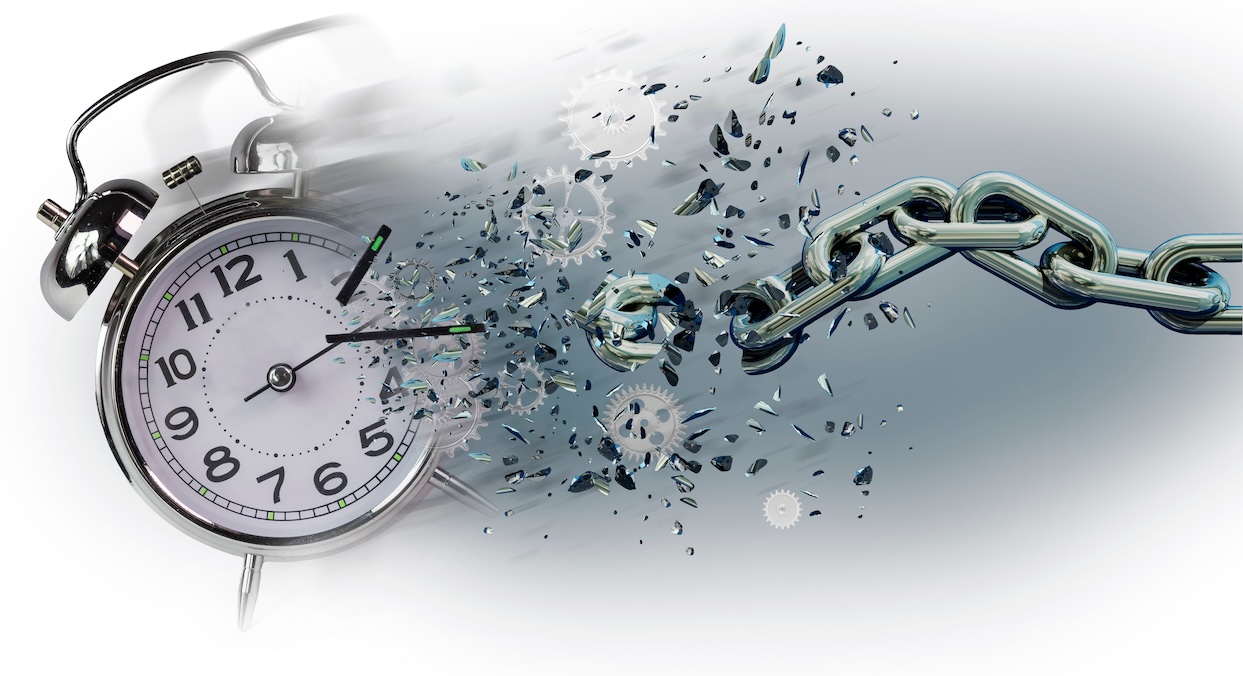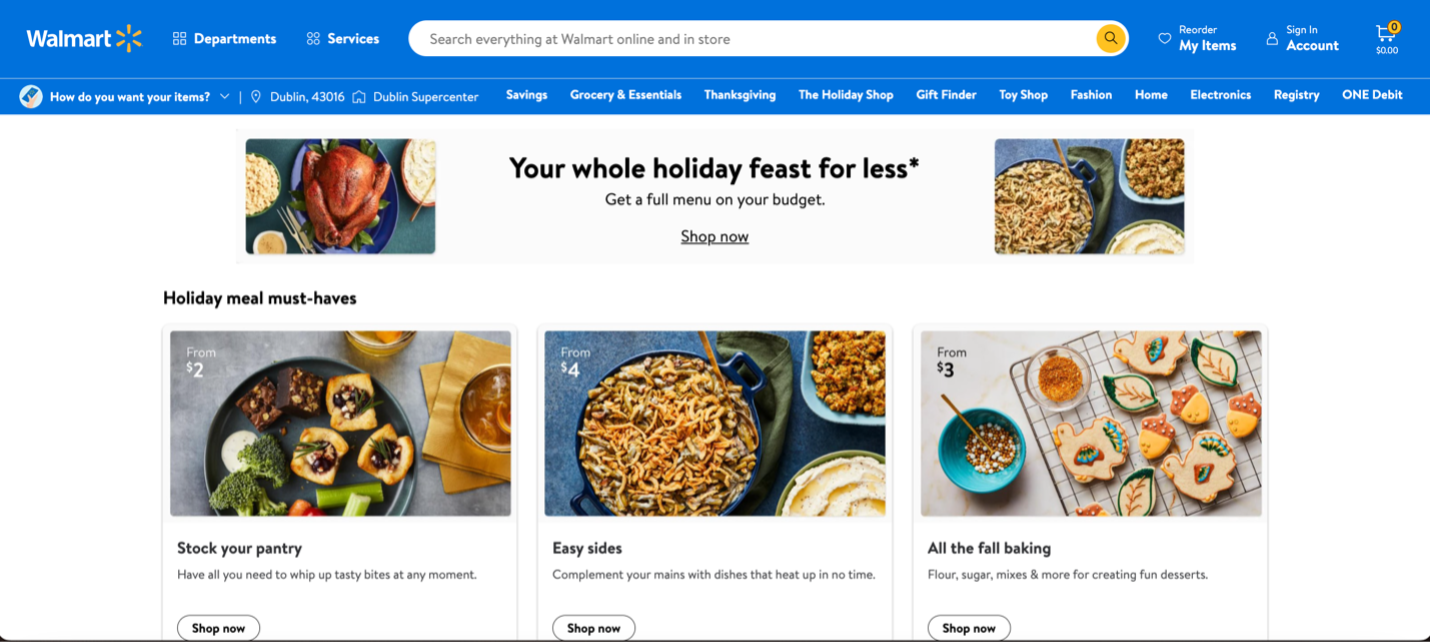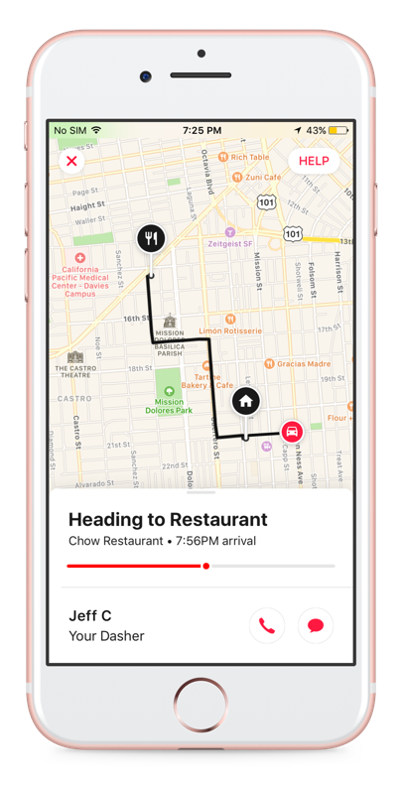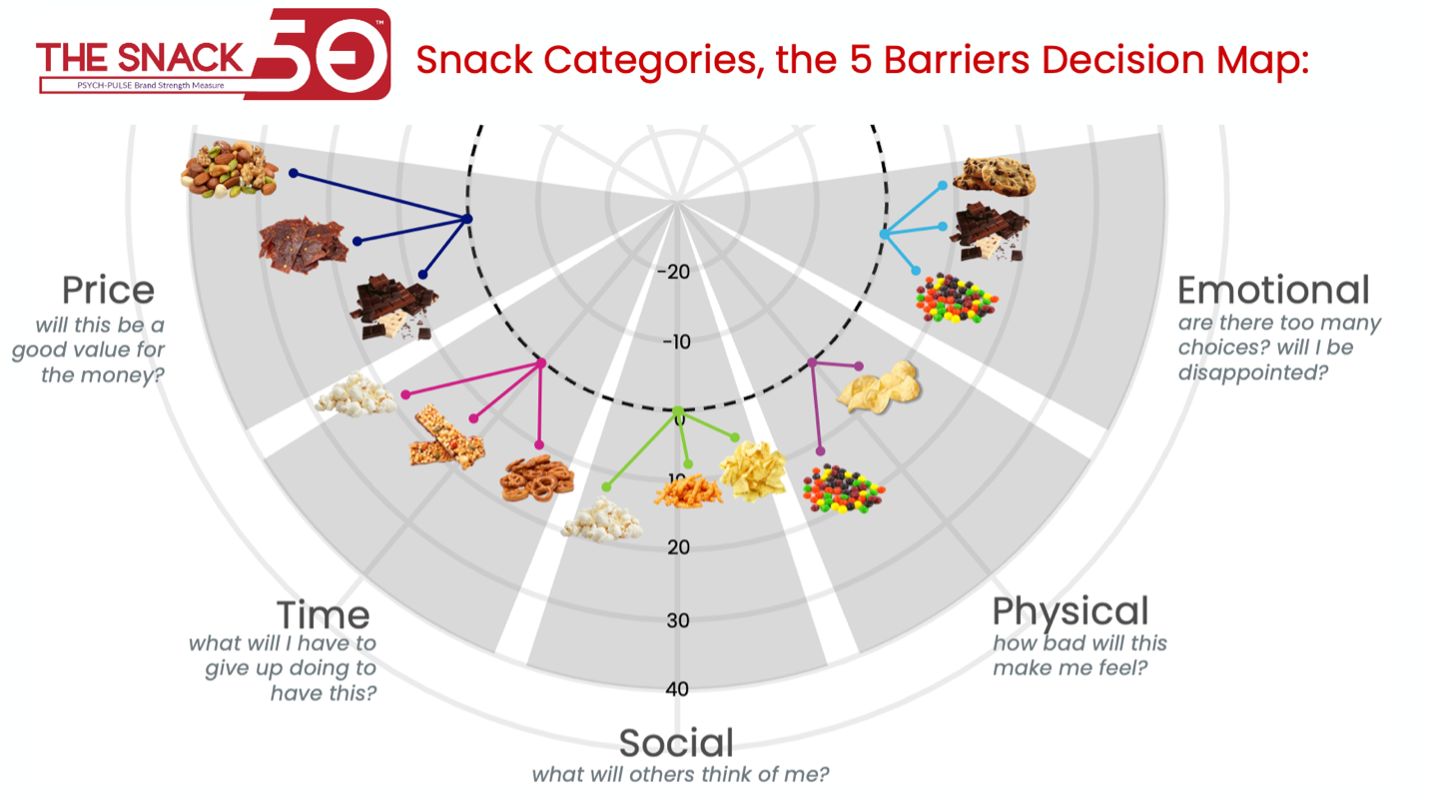
This is the seventh installment in my Brand Strategy Spoilers series, which unpacks the decision-making factors that explain shopper and consumer behavior. Specifically, the four drivers of behavior and the five barriers that hinder decision-making. These factors are based on a wealth of knowledge from the world of neuroscience and psychology.
Together, these foundational “WHYs” provide the tangible framework with which to reliably assess what’s really driving your business, what’s hindering your results, and what you can do to dramatically influence behavior out in the real world. This installment addresses the barrier that’s most salient in the daily lives of most marketers, yet often overlooked in brand positioning, strategy, and activation discussions: TIME.
It’s no revelation that, in modern culture, time is a precious commodity for consumers. Most can relate to the feeling of being over-scheduled, hurried, annoyed waiting in traffic, and otherwise not in control of their time. However, few recognize the impact that our perception of time has on everyday purchase decisions for consumer products. To meet true consumer and shopper needs, insights teams will need to first diagnose the role of time, and then craft novel strategies to overcome this time barrier across categories.
Understanding that time perception affects shopping behavior and brand choice allows us to unlock stalled purchase journeys. With empathy for consumers’ mental trade-offs, we can design experiences where time enhances, not detracts from, product perceptions and adoption. In the endeavor to transform time into an asset instead of an obstacle, the first step is to recognize that there are three types of “time cost” a consumer will perceive.
- Not enough time: “I don’t have time to do that, or I’ll feel rushed.”
- Too much time: “That will take too long, create delays, and I’ll have to wait.”
- Social issues with time: “I’ll have to wait on others and take their time into consideration.”
At a foundational level, this allows us to recognize that a person will perceive different “flavors” of time pressure and that time can be reframed from a negative to a positive by changing how the consumer views it. Applying the science, longitudinal data, and psychological learning from the field, the time barrier comes to life with three instructive insights that bust three conventional myths.
Myth bust #1: eComm shopping for food and beverage is not faster.
Yes, you read that right. This may remain the most dramatic misperception of marketers and retailers the world over. Simply, shopping for consumables or groceries online is not perceived as faster. This has to do with two types of shopper attention and associated shopping behaviors. In short, a given shopper will use either Serial or Parallel search as they navigate a retail environment, be it physical or digital (or even phygital).
Serial search is what’s often referred to as “mission” shopping–I know what I want, now help me get it efficiently. The shopper uses visual attention in the form of words and numbers to quickly find what they want, scanning from one product to the next as quickly as possible (which happens subconsciously).
In this case, the prototypical eComm user interface hinders more than it helps. Instead of quickly scanning brand names and product descriptions to complete the shopping mission, the shopper is compelled to either search for specific items one at a time or browse product images via product categories.
In other words, shopping is slowed considerably.
This leads to the second shopper mindset and behavior, where the person is using Parallel search and ambient attention–following their senses (primarily sight) and letting desirable things “jump out” at them. Once again, the typical eComm user experience slows shopping.
Imagine you’re using parallel search to buy a six pack of beer. You know you want beer, but you’re not sure what kind sounds good. In a physical store, you’d walk to the cooler, soaking in the sights of various brands’ equities, promotions, and packaging. It would be easy to browse.
Now, imagine you’re trying to order beer for delivery or click-and-collect pick-up. If you’re shopping with most retailers, you’ll either have to type “beer” into the search menu or select from a drop-down: beverages, alcohol beverages, beer. Then, you’ll be presented with an endless scroll of pack sizes, brands, sub-categories, and so on. It’s nearly impossible to browse.
Digital shopping is slower, not faster.
But this insight should not cast a shadow on the future of digital shopping. Looking at data from our unique psychology-based database, shoppers who prefer grocery shopping via eComm aren’t driven by familiar alibis like speed or convenience. Rather, they’re driven by the desire to explore and discover new experiences.
Roughly 20% of shoppers in the U.S. fit the profile of this “eComm Enthusiast” mindset (while 48% of shoppers prefer brick and mortar and 32% are somewhere in the middle). These most engaged digital shoppers are driven by the allure of discovering new experiences much more than simply shopping efficiently.
In other words, they want to “surf the web” a bit, discovering new, exciting experiences rather than simply clicking efficiently through a ho-hum shopping chore.
Myth bust #2: The most time-pressed shoppers don’t look for more time, they look for more CONTROL over time.
We’ve all been there…
“Your delivery will be there in 27 minutes.”
“Make that 37 minutes.”
“Check that, we’re not quite sure–stand by.”
“Okay, we’ve assigned a new delivery person–44 minutes away.”
It’s easy to misperceive that eComm, delivery, and other progressive forms of shopping are all about the obvious factors of convenience and time. However, we continually see in our data that shoppers who are the most concerned with time pressure actually avoid methods like delivery. Why? Because when one perceives that time REALLY matters, they don’t want to relinquish control over it.
Theoretically, ordering for delivery, purchasing for click-and-collect, and the like are time- savers: They empower the shopper to do other things by spending less time shopping, buying, and getting.
However, through the lens of psychology, they’re actually control-takers. And control over time is far more valuable than the actual time itself. So, the pursuit is not to promise less time; it’s actually to promise more control over time.
Myth bust #3: The experience matters way before the experience happens.
When someone approaches a retail shelf, a litany of subconscious considerations race through the deep recesses of cognitive processing. In other words, lots of factors are weighed pre-consciously, often unrecognized in the conscious mind.
Within this process, five predictable barriers–including time–that could potentially hinder a purchase decision are weighed. Looking at a study of the top 50 snack brands in the US, consumers perceive ready-to-eat popcorn to be the most costly snacking option when the currency being weighed is time.
Why? Because popcorn takes time to eat. It’s hard to eat on the go. It’s a challenge to chomp by the handful without making a mess. It’s somewhat painstaking to consume when compared to other snack options–and this is what hinders purchase most strongly in the minds of snack shoppers.
So, if you were positioning and communicating a ready-to-eat popcorn brand, you might look to innovation that speeds up the eating experience: things like clusters, bars, or the like (Frito Lay’s Popcorners are an interesting angle on this).
Or, you could embrace the “time cost” inherent to popcorn by celebrating that popcorn uniquely serves those times when you and the family want to slow down and savor–once again, giving the consumer control over time.
As the pace of life continues to accelerate for marketers, retailers, consumers, and shoppers across categories, bear in mind that there’s more than meets the eye when considering time, the world’s most valuable commodity.
Cover source: Sea And Sun


